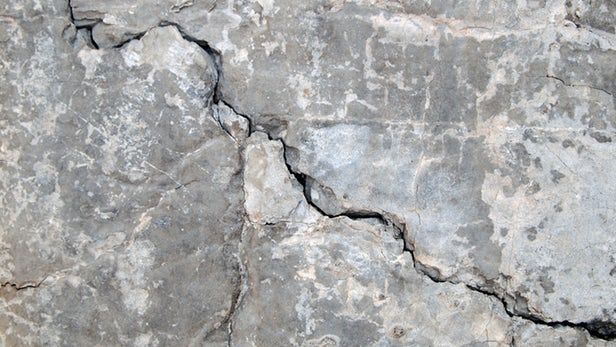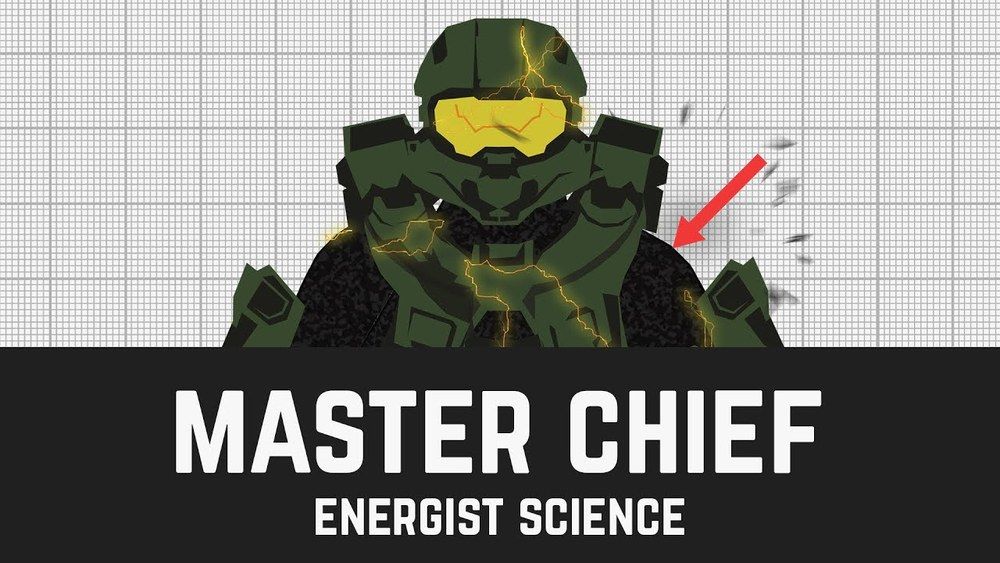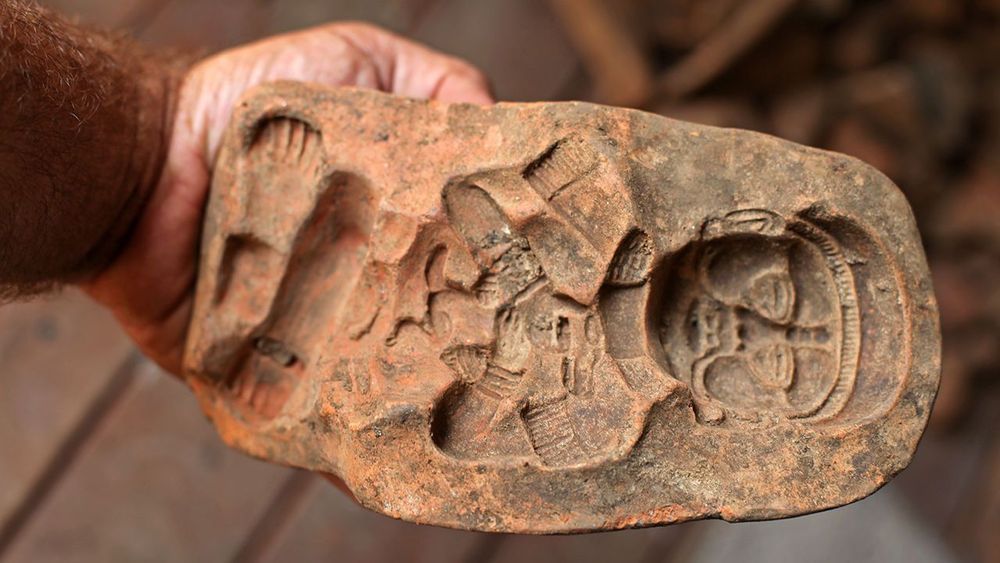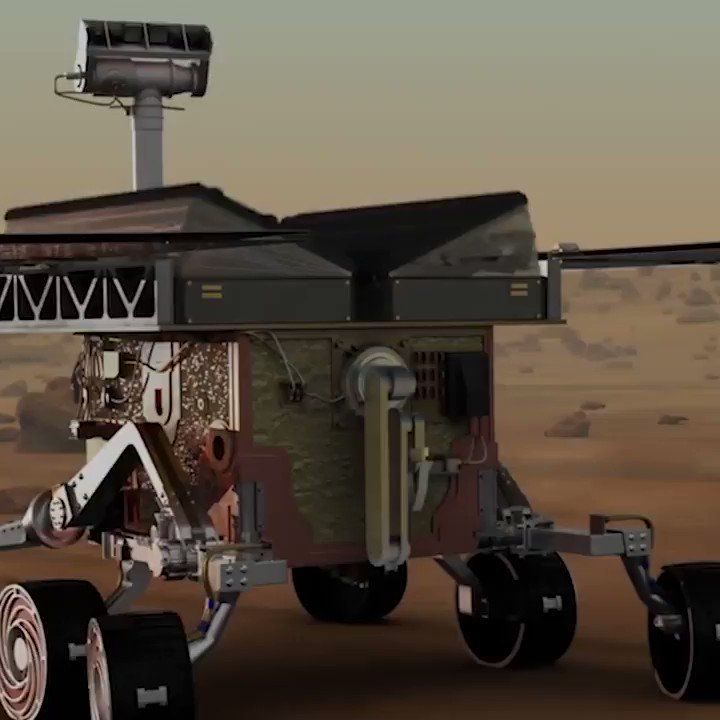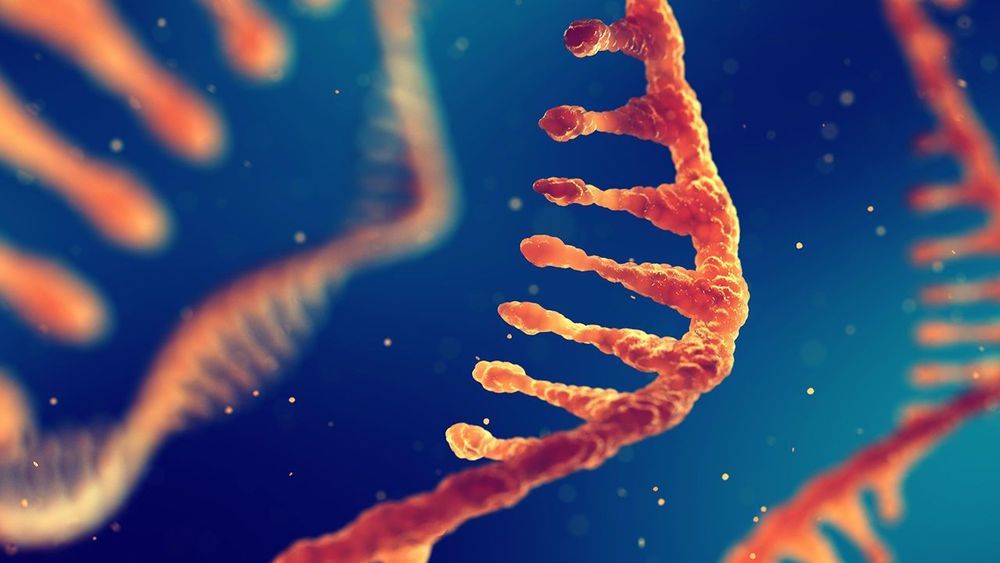
When researchers first reported 3 years ago that they had created base editors, a version of the powerful genome-editing tool CRISPR, excitement swirled around their distinct powers to more subtly alter DNA compared with CRISPR itself. But the weaknesses of base editors have become increasingly apparent, and a new study shows they can also accidentally mutate the strands of RNA that help build proteins or perform other key cellular tasks. Researchers say this could complicate developing safe therapies with the technology and hamper other research applications.
Human diseases from sickle cell to Tay-Sachs are caused by a single mutation to one of the four DNA bases—adenine, guanine, cytosine, and thymine—and CRISPR has often had difficulty swapping out the bad actors. That’s in part because CRISPR cuts double-stranded DNA at targeted places and then relies on finicky cell repair mechanisms to do the heavy lifting of inserting a corrected DNA sequence for a mutation. Base editors, in contrast, chemically change one DNA base into another with enzymes called deaminases, which doesn’t require a cut or help from the cell.
Base editors, which adapt key components of CRISPR to reach targeted places in the genome, have been shown to have many off-target effects on DNA. But until now, its effects on RNA, which contains three of the same bases as DNA, had escaped scrutiny. So J. Keith Joung, a pathologist and molecular biologist at the Massachusetts General Hospital in Boston, led a team that put base editors into human liver and kidney cells. Their finding: Deaminases can also alter RNA, the group reports today in.
Read more

